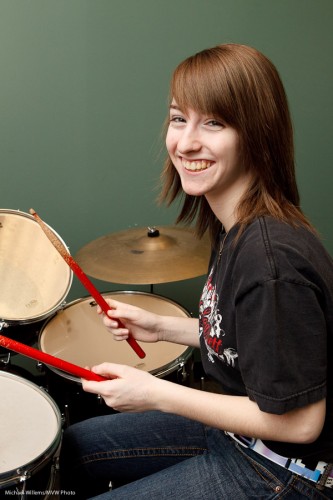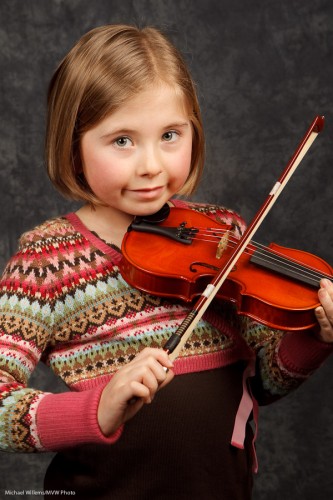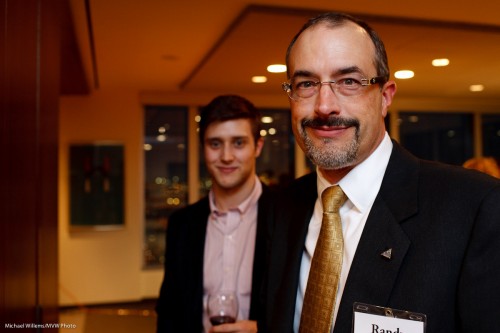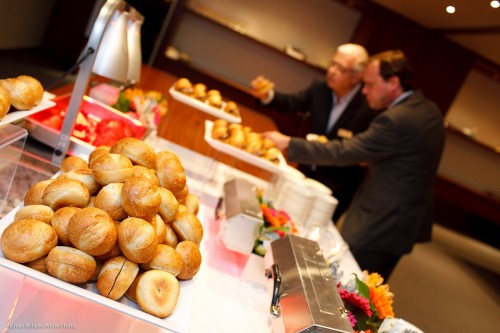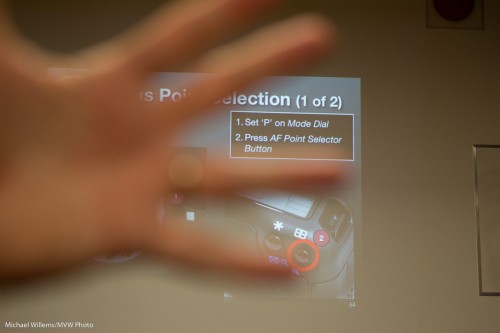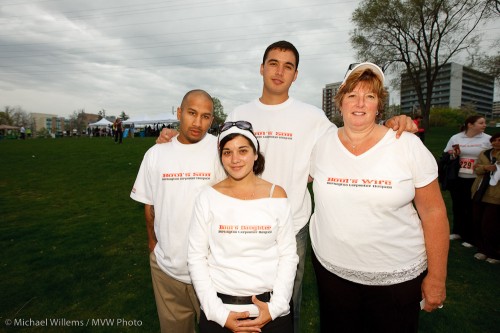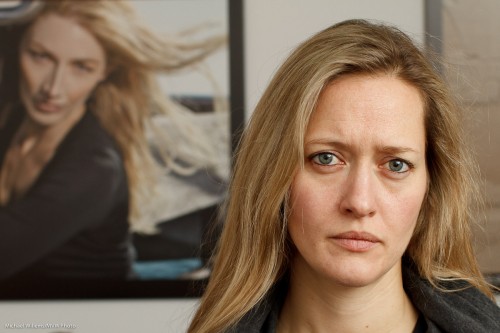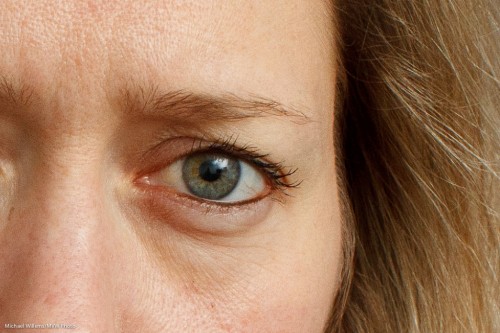This weekend I shoot (with a camera, I assure you) music school students.
Like this, from last year:
With two other photographers, I will make parents happy with great images. To do that, I use (as I thought you would appreciate hearing):
- Manual camera settings (1/125th, f/8).
- Manual flash settings; with lights in umbrellas or softboxes.
- White balance set to Flash (though I shoot RAW).
- Simple backgrounds if I can.
- A good zoom lens – 16-35 “L” or 24-70 “L”. Good lenses are costly but they do help in terms of sharpness, among others.
- A light meter
- Pocketwizards
- Standard to slightly wide or sometimes slightly telephoto lenses
- Personality.
Most images were like this, with a backdrop:
A grey background gives you some separation whether the subject is light-haired or dark-haired, and separation is very important.
As are catchlights: I am sure you can see them.
And you noticed the rule of thirds being applied. Right?
But do you need all that stuff? No (but “personality”probably helps). The first photo was taken with a simple SLR, zoom lens, and one on-camera flash bounced off the ceiling.
You can make these things complicated, or sometimes you can keep them simple.
Next blog posts will be longer: tonight, however, I need to sleep before packing 500 lbs worth of gear into the car.

